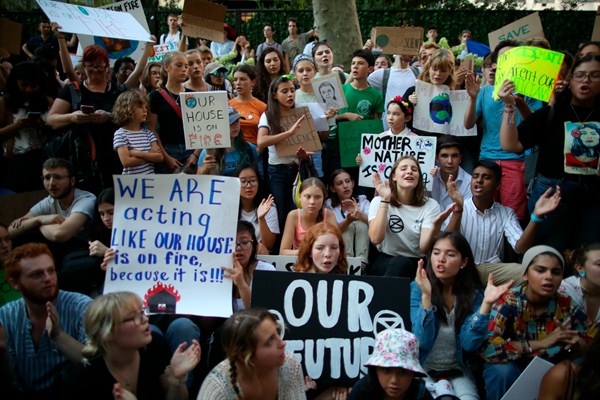In September 2015, the member states of the United Nations unanimously endorsed a blueprint to guide global development efforts through 2030, known as the Sustainable Development Goals, or SDGs. Next week, world leaders will evaluate progress on the guidelines, together known as the “2030 Agenda,” when they convene in New York for the annual opening of the U.N. General Assembly.
Their assessment will be bleak. No country is on track to achieve all of the SDGs, and the United States, a traditional leader on global development, has abdicated this role under President Donald Trump. Those seeking inspiration will need to look beyond—and below—sovereign governments, to global cities and the world’s youth.
Nobody would call the 2030 Agenda modest. Among other objectives, the 17 SDGs call on the world to eliminate extreme poverty and hunger, provide quality education and clean energy, ensure decent employment, arrest climate change, preserve terrestrial and marine biodiversity, and guarantee peace, justice and strong institutions for all people. Each SDG is accompanied by ambitious targets—a whopping 169 in total.

